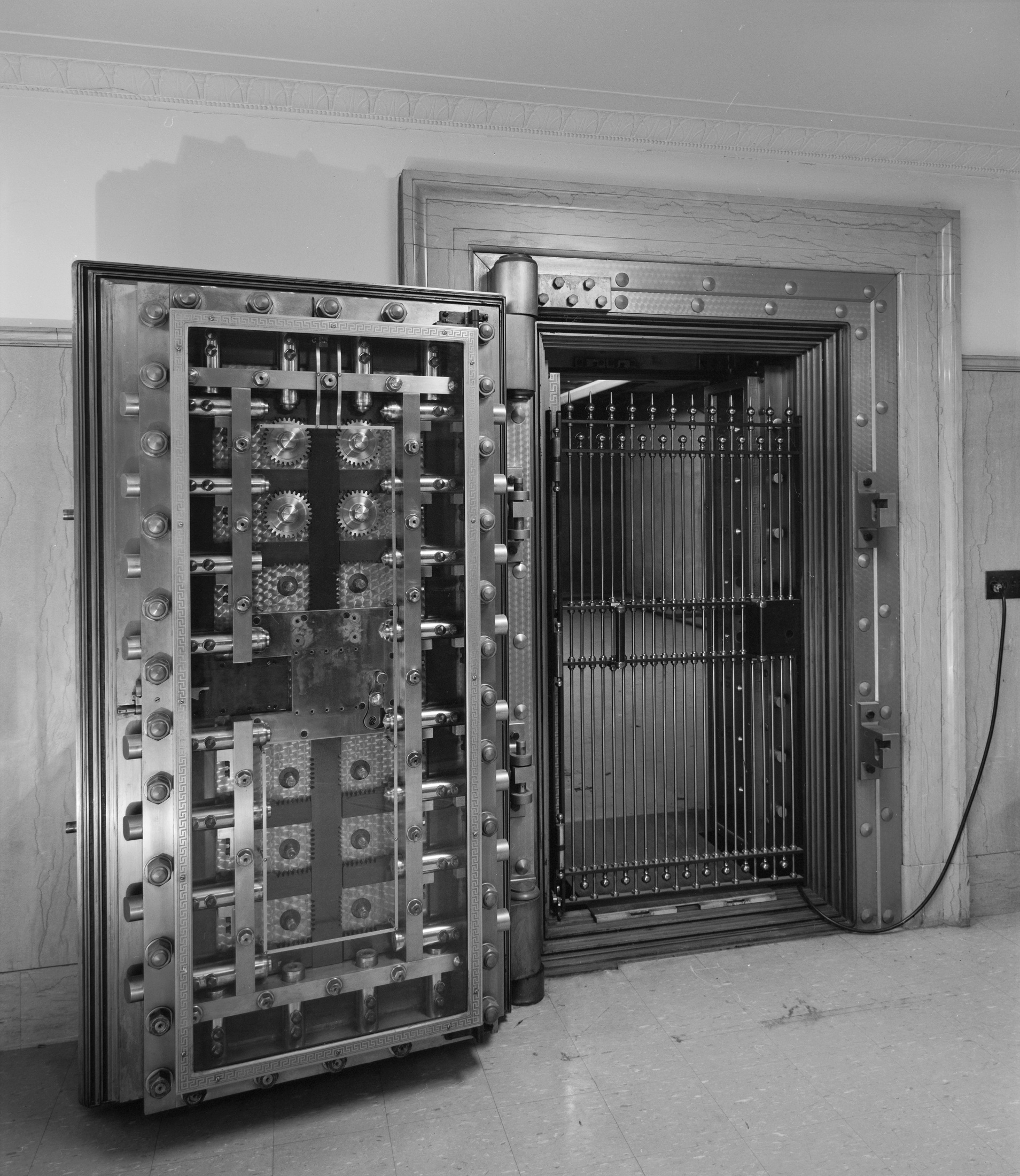I’ve out of work since April due to COVID-19. It’s clear that the industry I work in isn’t coming back soon so I’ve been looking for something to fill in the gap. I’ve taught myself to do all sorts of interesting new things along this journey, and it’s become clear how difficult it is to find a reliable source for the nonstandard gear that I want to buy from China.
Passive Income from Drop Shipping
When researching passive income one of the most common pieces of advice I’ve found is to “build a drop-ship store“. Somewhere along the line I followed that advice but didn’t have the time or the follow-through to edit all of the product descriptions and to do the fine-tuning needed in order to build a real store with real customers.
My software configuration was pretty solid but the bad descriptions and half-ass follow-through didn’t encourage sales.
I’m not one to hopelessly waste my time if I don’t have to. I like to “reuse” my effort whenever possible. Since I had the storefront kicking around for a while without a customer-base I decided to just start over and to use it as a clearinghouse for all the wonderful space-trash that I’ve found.
What Software to Use for Drop Ship Stores
Let’s talk about software first.
EZ Direct is built using WordPress and utilizes Woocommerce and ShopMaster. This allows me to spend my time focusing on content rather than function.
WordPress handles the heavy lifting involved in content management. WooCommerce takes care of the specialized transactional crap involved in actually running the store. ShopMaster is the perfect final piece, it actually connects your store to the common dropshipping sources.
I won’t waste either of our time with another tutorial on those. Just follow the links above to the official ones. I’m just going to cover the things you need to get a dropshipping store up running quickly.
In addition to the three core components, I’m using a theme from Theme Farmer which is designed to play nice with Woocommerce.
I have also deployed the grip of plug-ins required to do the analytics, sharing, security, and whatnot that you expect from a real store and a real website.
Plugins for WooCommerce and ShopMaster WordPress Stores
Here is a list of plug-ins that I managed to get to play nice together:
- Akismet Anti-Spam
- Badlot for WordPress – Anti-Bot
- Loginizer – Brute Force Login Preventer
- Classic Editor (because I’m still not wholly sold on blocks)
- Cloudflare – Reverse Proxy
- Contact Form 7 (required by the theme)
- Elementor (required by the theme)
- Google XML Sitemaps, Hustle (for the social share buttons and slide-ins)
- Jetpack (required for tax calculation)
- Mailchimp for WooCommerce – Mailing List Integration
- Nextend Social Login – Login with Facebook and Twitter
- Nextend Social Login Pro Addon – Login with Google etc…
- One Click Demo Import (required by theme)
- Redux (required by theme)
- Site Kit by Google – Traffic Statistics
- ThemeFarmer Companion (required by theme)
- WooCommerce Admin
- WooCommerce API Product Sync with Multiple Stores
- WooCommerce Google Analytics Integration
- WooCommerce PayPal Checkout Gateway
- WooCommerce Services
- WooCommerce Tools
- Yoast SEO
Configuration
Configuration was sort of a bitch but if you take it one piece at a time turning on only what you need and understand, it all came together.
Adding Products
I’ve taken a unique approach to stock my store with items. I’ve started to go back through my purchases over the last couple of years and started filling the store up with those items in the ShopMaster interface. In that interface, I can edit the item and then import it into WordPress. This is the first of what will be many edits. It never seems that it’s possible to make a listing look right on the first try.
Once the item has been imported into WordPress it’s important to edit it again in order to get it filed in the right product category. I can’t seem to find a way to get this to automatically happen.
Monetizing Product Links
I only managed to get a few listings done when I started to think about what my potential users were likely to do when looking at my products. They were going to do exactly what I do, price-check the thing on Amazon.
I already have an Amazon Affiliate account that I use here and on my other sites to monetize links to products that I incidentally mention. I decided to try something unique. I added native search ads from Amazon to the description of each product. The result is a built-in comparison tool that also monetizes lost sales. We’ll find out if this was a good idea or not soon enough.
Results
It’s taken me two long days to build the store with 150 products in it. Now it just needs to be promoted. You can take a look at my work at https://ezdirect.org/
Leave a comment below and let me know what you think!


Leave a Reply
You must be logged in to post a comment.